What’s the difference between a PABX and a UC Platform?
It’s funny, but the arrival of UC (Unified Communications) happened by stealth across the industry, creeping in piece by piece, one piece of functionality at a time, then a tipping point was reached and ‘wham’ UC was born. It’s also safe to say that many people use their existing UC platform as a traditional PABX (Private Automatic Branch eXchange), even though there are many additional features available that were either never configured or require a license. The main difference between a PABX and a UC platform is that the latter can handle multiple media types, such as:
- Mobile Phone Integration
- Contact Centre functionality
- Electronic Fax
- SMS
- Instant Messaging
- Voicemail to Email
The steady evolution of the ‘comms platform’ has brought many new functions into the business world, allowing people to work more flexibly, perform tasks faster, collaborate better and be managed easier. Somehow, in this world of increased complexity, the UC platform is, in many ways, easier to manage than a traditional PABX, once it’s been set up correctly. That’s not to say there aren’t new dangers that come with new technology, but we at Marlin Communications put stringent safeguards in place to ensure our customers aren’t exposed to any dangers.
Top-5 Reasons to upgrade to a modern UC platform
1. Flexible working
This title actually covers many elements of the modern UC platform, including:
- Home-working – users connected to the comms platform over the internet, either via a softphone, mobile app or physical IP phone. This can also now be achieved using reverse-dialling, cutting out the VoIP (Voice over IP) element and ensuring calls go over the landline network.
- Travelling – remaining contactable on the same extension or DDI number that people always dial.
The ability to work flexibly is a huge benefit and is one of the key drivers behind deciding who to work for.
2. Presence
No longer just being able to see whether someone is on the phone, but whether they are actually available, whether they’re in a meeting, whether they’re off sick, whether they’re on holiday (and when they will be returning). All of this is achieved in real time, allowing groups to collaborate better and calls handled faster. Picture the scenario….. I need to urgently speak to ‘Dave’ in accounts, but he’s not answering his phone. In the old days my choices were to either keep trying him, leave him a message or try to physically locate him by getting off my seat and going for a walk. With modern systems, I can tell his presence, whether actively working on his computer, or in a meeting, or on holiday, so that a better informed instant decision can be made. If he’s on holiday, I know this problem needs solving by one of Dave’s colleagues, but I won’t waste valuable time ringing him back or trying to track him down.
3. Cloud-based UC
Leverage the power and flexibility of the cloud to provide UC. With typically little or no CAPEX cost to set-up and no ongoing maintenance or upgrade charges, this is way many businesses are going. Marlin Communications are pleased to provide the UK’s top-ranking cloud UC platform, with the ability to also cover international locations (including local numbering). The choice of whether to go ‘cloud’ or ‘on-premise’ or ‘hybrid’ (best of both worlds) is dependent on many factors. In reality, the distinction between each of these choices is blurring into one as time goes on, however, businesses need the right advice and guidance to made educated decisions, which is what we’re here for.
4. Improved workforce collaboration
Businesses need their workforce to perform smarter, faster and more productively. Hitting that target means implementing collaborative technologies deep into processes and encouraging collaborative behavior., ultimately transforming the way businesses turn knowledge and experience into results. Collaboration platforms should do more than help employees talk about their work; they should create new ways for employees to do their work, such as Video conferencing, desktop-sharing, instant messaging, file sharing and more. Expanding this collaboration out to a wider audience (customers/suppliers/consultants) then brings additional benefits, including a reduction in travel cost/time, shortening project lengths and bringing together individuals where geographical restrictions would otherwise prevent or massively delay that meeting. The key with Collaboration is understanding the operational business benefits of the company in question and implementing the relevant elements. Also, if the user-experience is negative in any way, they won’t want to use these tools, so it’s very important to match the right solution to the right environment.
5. Return on investment
Although UC is already mainstream, the transition has been a relatively slow process for some. And the reasons for slower adoption vary—including the complexity of the task, concerns over compatibility with existing applications and the inability to adequately justify and communicate ROI. The return itself comes in many forms, some less tangible than others. As Marlin Communications, we tend to group them as below: Tangible financial benefits:
- Reduced carrier costs— SIP Trunking, VoIP, Local-Country breakout
- Lower infrastructure costs—consolidation onto Virtualisation and Cloud services
- Eliminating overlapping subscriptions and services
- Collaboration via audio, video and web conferencing versus the cost associate with travel can also be measured.
Harder to quantify:
- UC improves communication and collaboration—we can’t argue that.
- Better communications and collaboration increase productivity, efficiency and business agility—all contributing to the bottom line.
- UC enhances connectivity and improves communications, accelerating business processes and decision-making.
- With UC, employees are productive from any device, any application and any location using real-time communications.
- Team collaboration, issues resolution and customer service dramatically improve.
- Integrating telephony and IT can translate into more efficient management, staffing and support solutions.
All of the above reasons are business benefits and it’s our job at Marlin Communications to match the right solution to the requirement. We will listen and understand the challenges your business faces and provide a tailored solution, helping you to save money, make money and become more efficient. As our strapline says, we are here to ‘optimise your business communications’. To find out how, please get in contact and we’ll give you the benefit of our knowledge and experience, without obligation. Written by: William Wood (5th Dec 2014)


